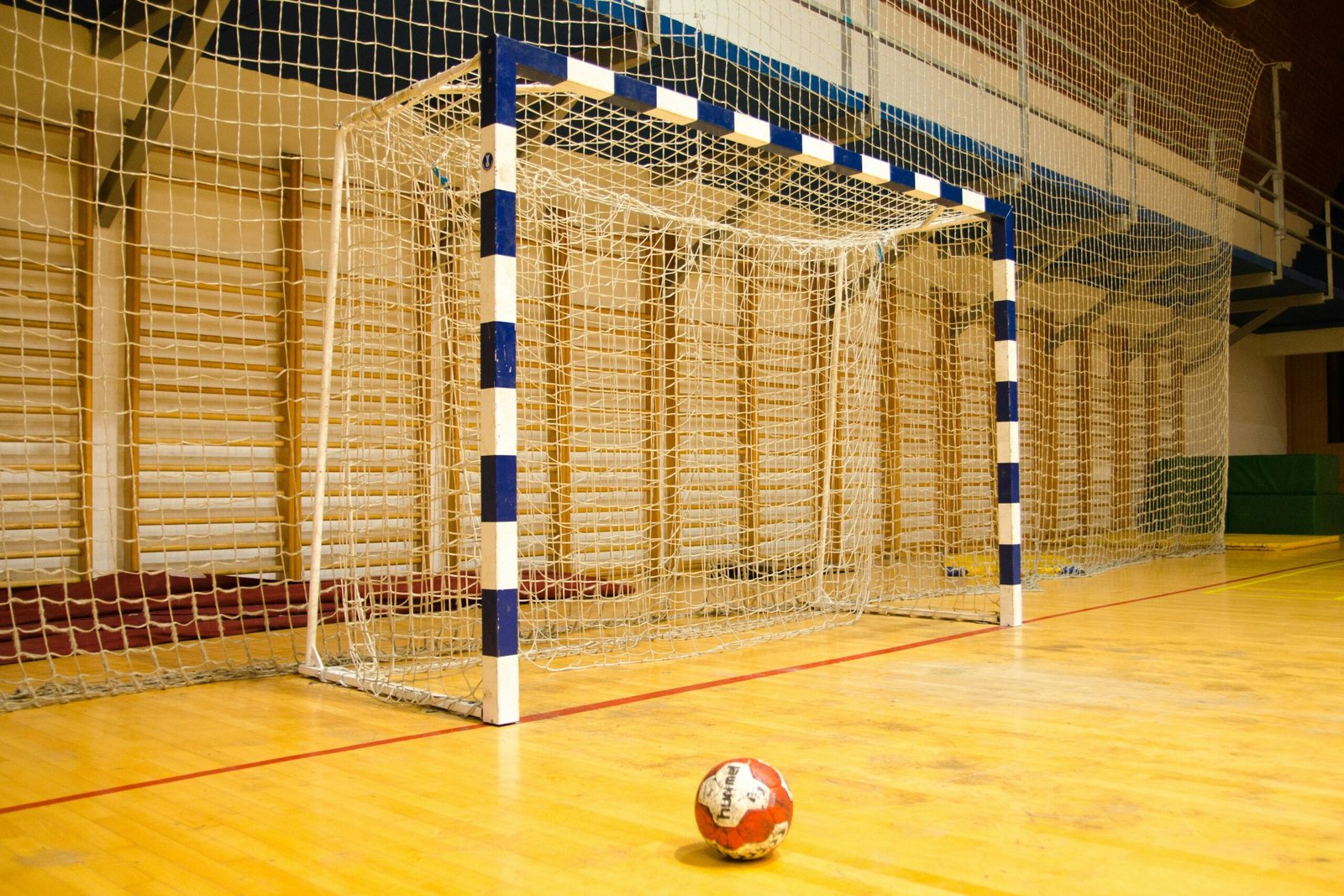Among all the handball positions, the line player—or pivot—stands out as one of the most physically demanding and tactically crucial roles in the game. Positioned in the heart of the opposition’s defence, the line player operates in confined spaces, using strength, timing, and awareness to unlock scoring opportunities for their team.
This article explores the offensive responsibilities, necessary attributes, and tactical nuances of the line player role in handball.
What Is a Line Player in Handball?
The line player, also known as the pivot, occupies the area around the 6-metre goal area line. Unlike backcourt or wing players who operate more freely, the pivot plays largely within a congested space, engaging physically with defenders and creating openings for teammates.
Their primary function is to receive the ball in close proximity to goal and score, or to serve as a decoy or screen for other players.
Key Offensive Responsibilities
Creating Space
One of the line player’s most critical functions is to disrupt the defensive structure. By positioning themselves strategically between defenders, they can:
- Force defensive rotations or switches.
- Block defenders to create shooting lanes.
- Pull defenders inwards, opening space for wing and back players.
Screening and Blocking
The pivot often sets screens for attacking teammates. These blocks are not stationary like in basketball but involve subtle movement and body positioning to provide teammates with a clear path to shoot or drive.
Receiving Under Pressure
Due to the proximity of defenders, pivots must:
- Time their runs effectively.
- Catch difficult passes.
- Maintain ball control under intense pressure.
Scoring Opportunities
The line player has one of the highest shooting percentages due to their close-range shots. Effective pivots can:
- Execute quick turns and shots.
- Use spin or lob shots when facing the goalkeeper.
- Finish one-on-one chances with confidence.
Physical and Mental Attributes Required
Strength and Balance
Line players face constant physical contact. They need to hold their position against defenders while maintaining the ability to move dynamically and shoot accurately.
Spatial Awareness
Pivots must sense where defenders and teammates are at all times, often without looking. This awareness helps them position themselves advantageously and avoid committing fouls.
Coordination and Catching Ability
The pivot frequently receives fast, low, or bouncing passes. High-level catching and handling skills are non-negotiable.
Decision-Making
Operating in tight spaces means less time to think. Quick decisions on whether to shoot, pass, or reset the play are crucial.
Tactics Involving the Pivot
Double Pivot Play
In some offensive systems, a second player joins the pivot in the goal area. This tactic can confuse the defence and open up more opportunities through overloads or misdirection.
Cross Movements
Back players often cross behind the pivot, using them as a screen or distraction. The pivot’s ability to shift defenders is critical in these setups.
High-Pressure Situations
When under a man disadvantage or playing against an aggressive defence, teams use the pivot to relieve pressure by drawing fouls or providing a stable passing option.
Common Mistakes to Avoid
- Staying static: A pivot must be constantly moving to maintain defensive engagement.
- Illegal screening: Moving while setting a screen can result in offensive fouls.
- Poor timing: Entering the 6-metre zone too early or late can nullify plays.
Tips for Aspiring Line Players
- Practise receiving passes under contact: Train with resistance to simulate match conditions.
- Study top pivots: Watch professional players to understand body positioning and timing.
- Communicate with teammates: Signal your movements and read theirs to time your runs.
- Work on core strength: A strong core helps resist defensive pressure and maintain balance.
Final Thoughts
The pivot is more than just a target player—they are the glue that binds an offence together. Their ability to create space, handle pressure, and convert opportunities makes them invaluable to any handball team. Mastering the role of line player takes physical strength, tactical intelligence, and a relentless work ethic.


